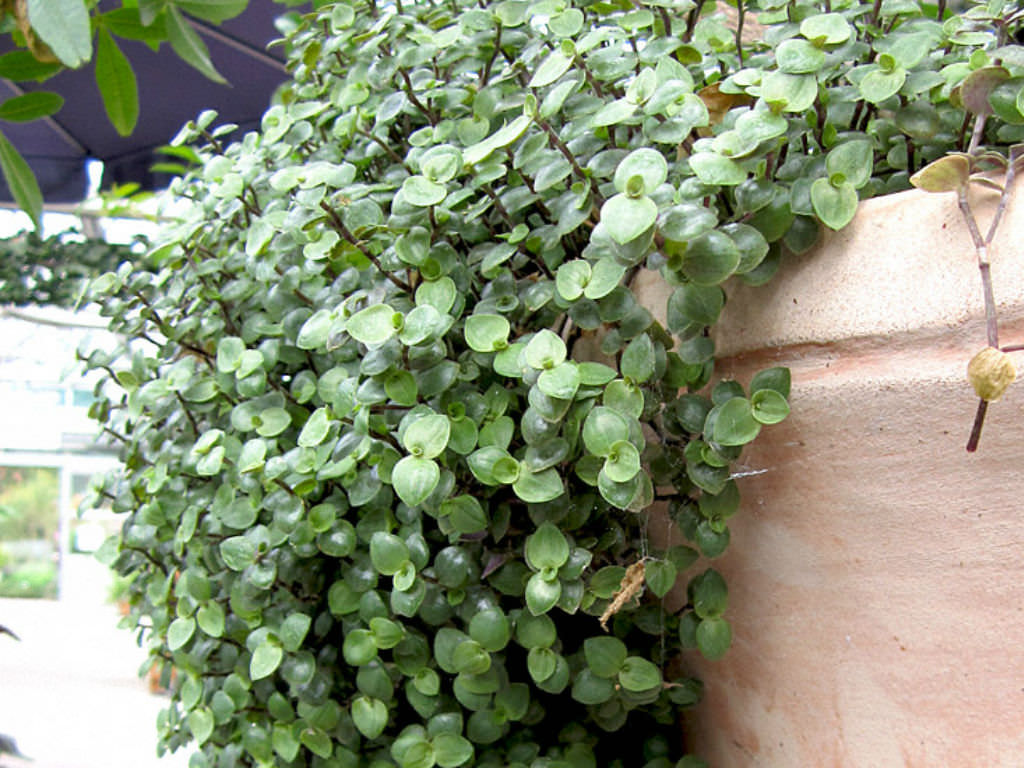
Callisia repens (Turtle Vine) World of Succulents
Callisia repens is a much-branched, mat-forming succulent with 2-ranked leaves gradually reduced toward the ends of prostrate stems. The stems can grow up to 10 inches (25 cm) long and 0.08 inches (0.2 cm) in diameter, rooting at the nodes. The leaves are dark green, often purple below, smooth except for the scabrid margin and apex.

Callisia repens (Turtle Vine) World of Succulents
The Callisia Repens does best in the temperature range of 50°-86°F (10°-30°C). How Much Water Does it Need? Water regularly but allow the topsoil to dry out before watering again. It is essential that you avoid overwatering the plant, and as it is succulent, it might cause root rot.
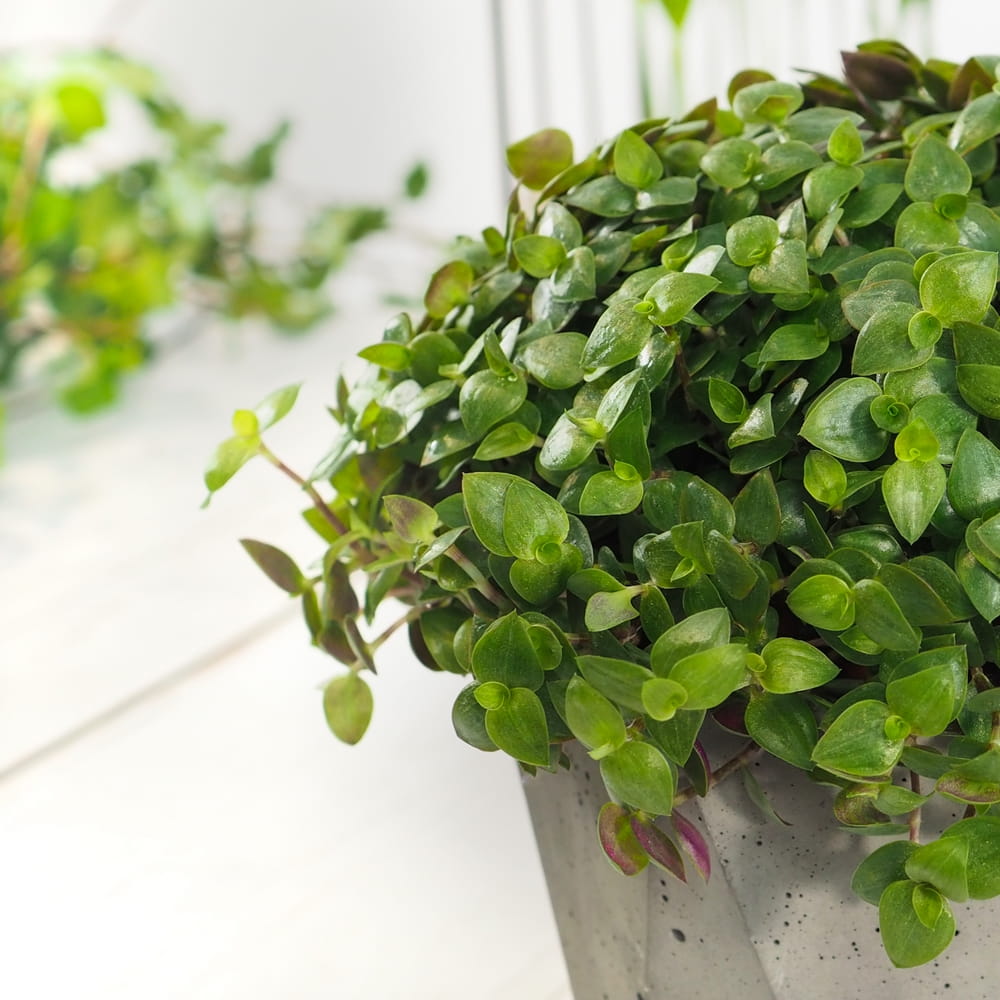
Callisia repens ‘Turtle Vine’ Plant Carbeth Plants
Callisia repens is an evergreen groundcover that thrives in shady areas of the yard and can be found growing on rocks, logs or tree bases. Calli means beautiful and callos can be translated as beauty in Latin, which alludes to the beauty of this flower when it blooms.
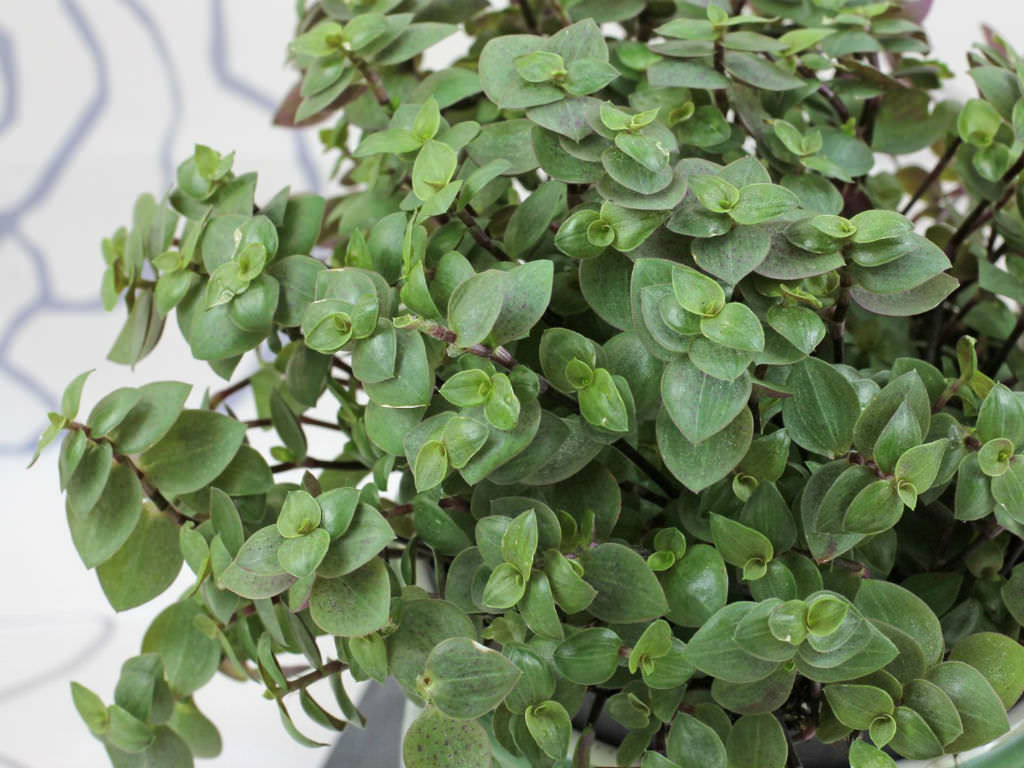
Callisia repens (Turtle Vine) World of Succulents
Callisia - Turtle Vines Callisia repens For String of Turtles (succulent), click here! This article is for Callisia; common names of this genus are Basket Plants, Bolivian Jew, Inch Plants & Turtle Vines. Contents Top Tips Location, Water, Humidity & Fertilisation Common Issues Origins, Temperature, Propagation, Repotting & Toxicity
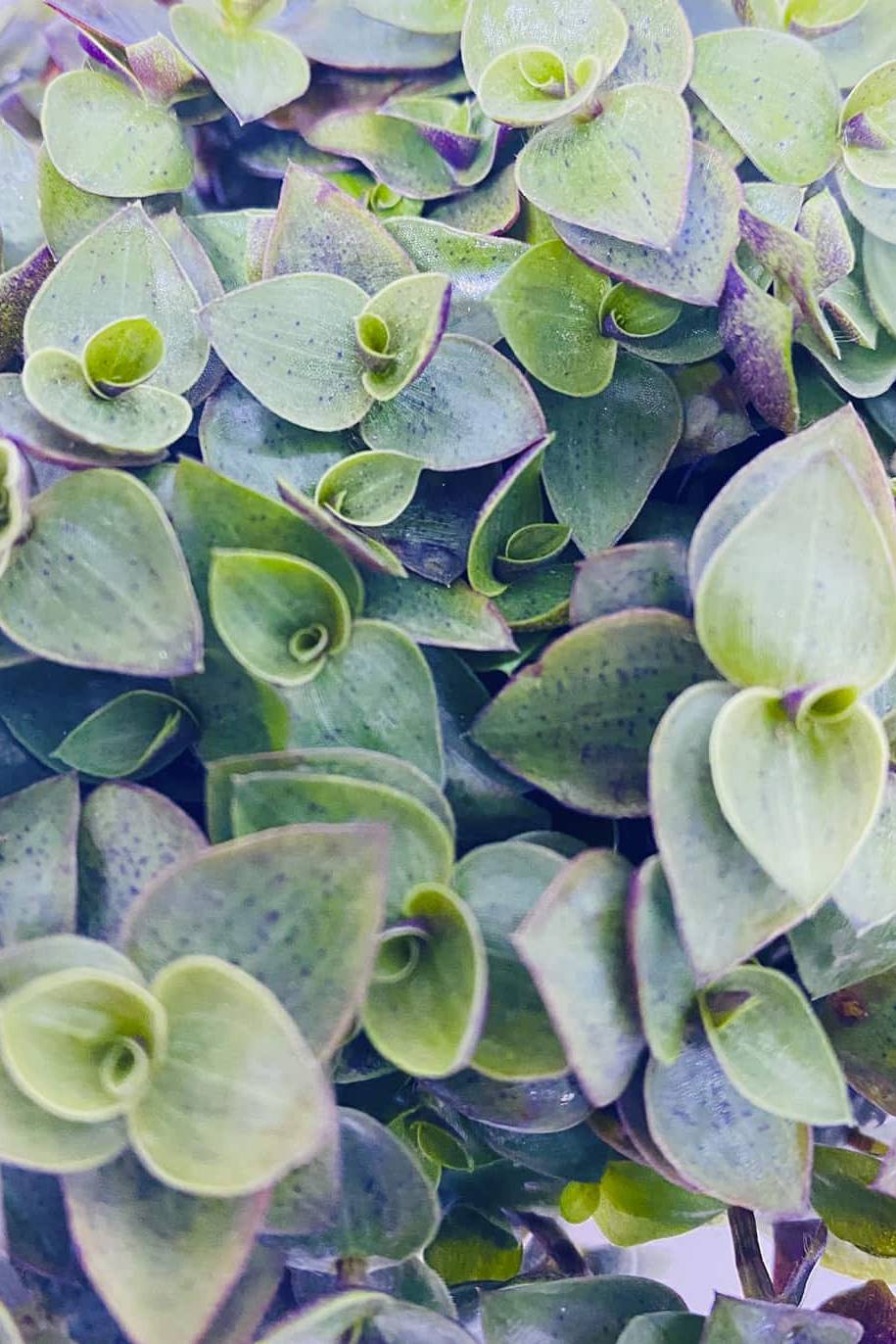
Callisia Turtle vine Indoor Plants
Callisia Repens grow the turtle vine in full sun or partial shade The Bolivian Jew plant has a variety of other nicknames, most of which have variations. These common names include: Chain Plant Creeping Basket Plant Creeping Inch Plant Dwarf Wandering Jew Itsy Bitsy Inch Plant Little Jewel Tiny Buttons Turtle Vine

Callisia repens (Turtle Vine) World of Succulents
5 Facebook 7 Callisia Repens is low creeping, perennial and herbaceous succulent. Beautiful areas of dreamy baby-pink leaves appear among the green or creamy-yellow foliage, which are accented by the purple undersides of the leaves. Callisia Repens is indigenous to Cuba, South Africa, and China.

Lisa Turtle Callisia Repens Jew Vine Turtle Bolivian Variegated Plants Inch Tri Variegata
Plant Profile Common Name: Creeping Basketplant, Turtle Vine, Bolivian Jew Scientific Name: Callisia repens Type: Low growing succulent Origin: Mexico, Central America, South America, and the West Indies Habitat: Riparian areas, secondary forests, and shrublands in tropical and warm temperate regions Size: 4 inches (10 cm) tall
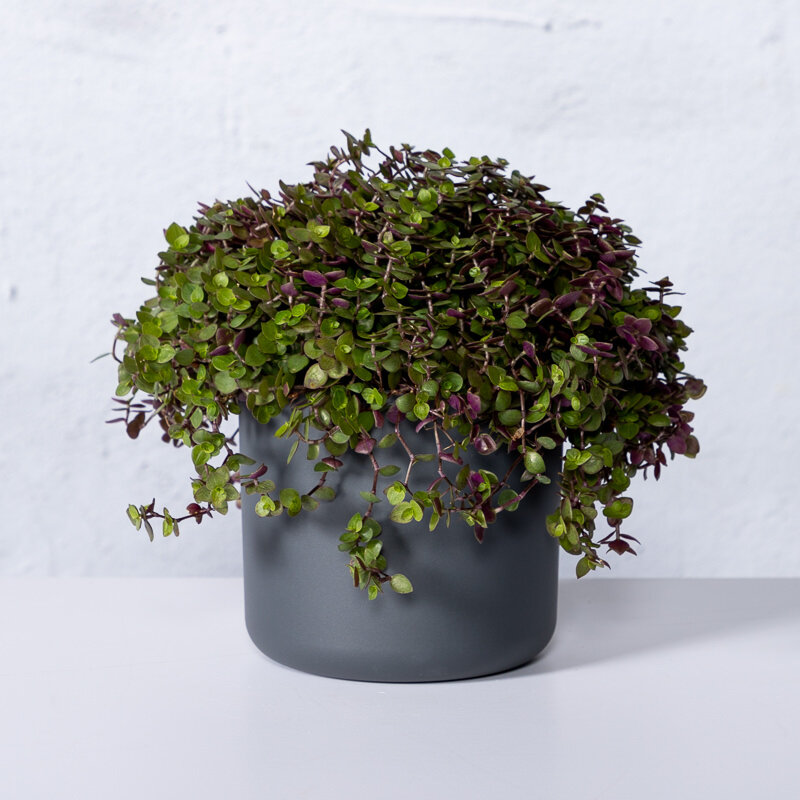
Callisia turtle (schildpadplant) kopen? Tuincentrum.nl
Callisia repens, also known as creeping inchplant or turtle vine, is a succulent creeping plant from the family Commelinaceae. This species comes from Central and South America. [1] Description Leaves close up The perennial plant forms creeping mats. The flowering shoots are ascending.
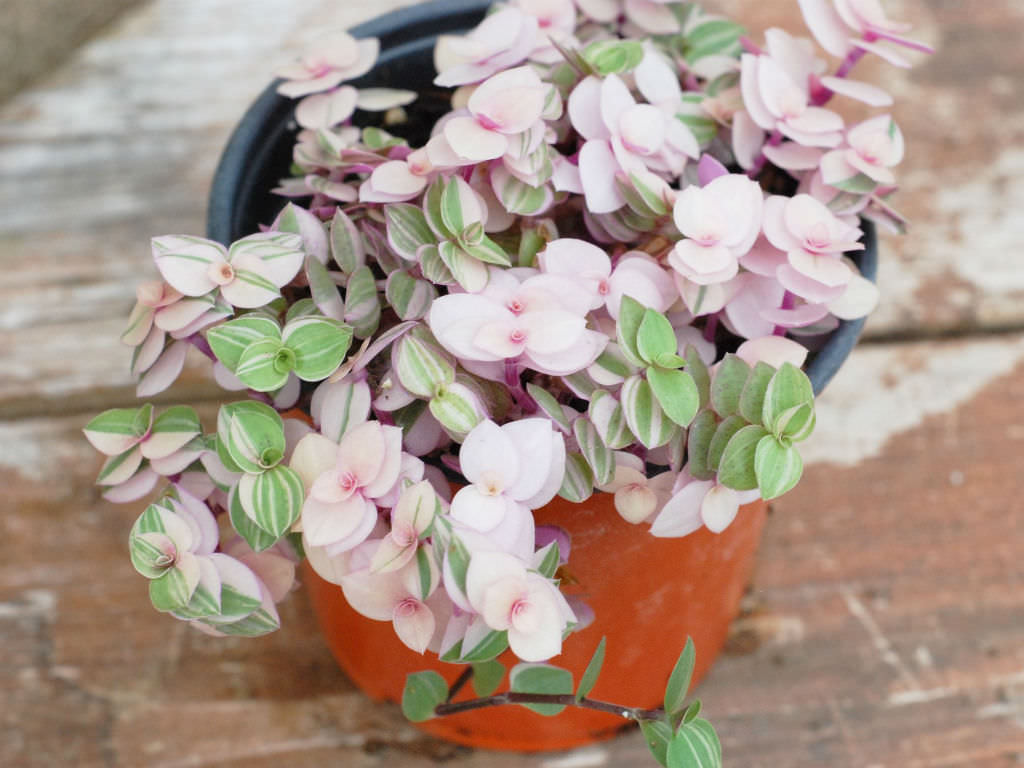
Callisia repens 'Pink Lady' (Turtle Vine) World of Succulents
Callisia repens, also known as Turtle Vine, Creeping Inch Plant or Bolivian Jew, is a fantastic succulent that is a creeper from the family Commelinaceae. This plant species is native to South and Central America and is known for its contrasting and variegated tiny foliage. It looks incredible in hanging pots and is worth having as a houseplant.

Turtle Vine Callisia Repens Bianca Turtle vine ( callisia repens ) (l.)
Callisia repens is a small plant with small glossy leaves that creeps and cascades beautifully over its pot. Otherwise known as pink lady or turtle vine, this succulent vine is noted for its dense pink or burgundy foliage - thus making it a lovely addition to your home.
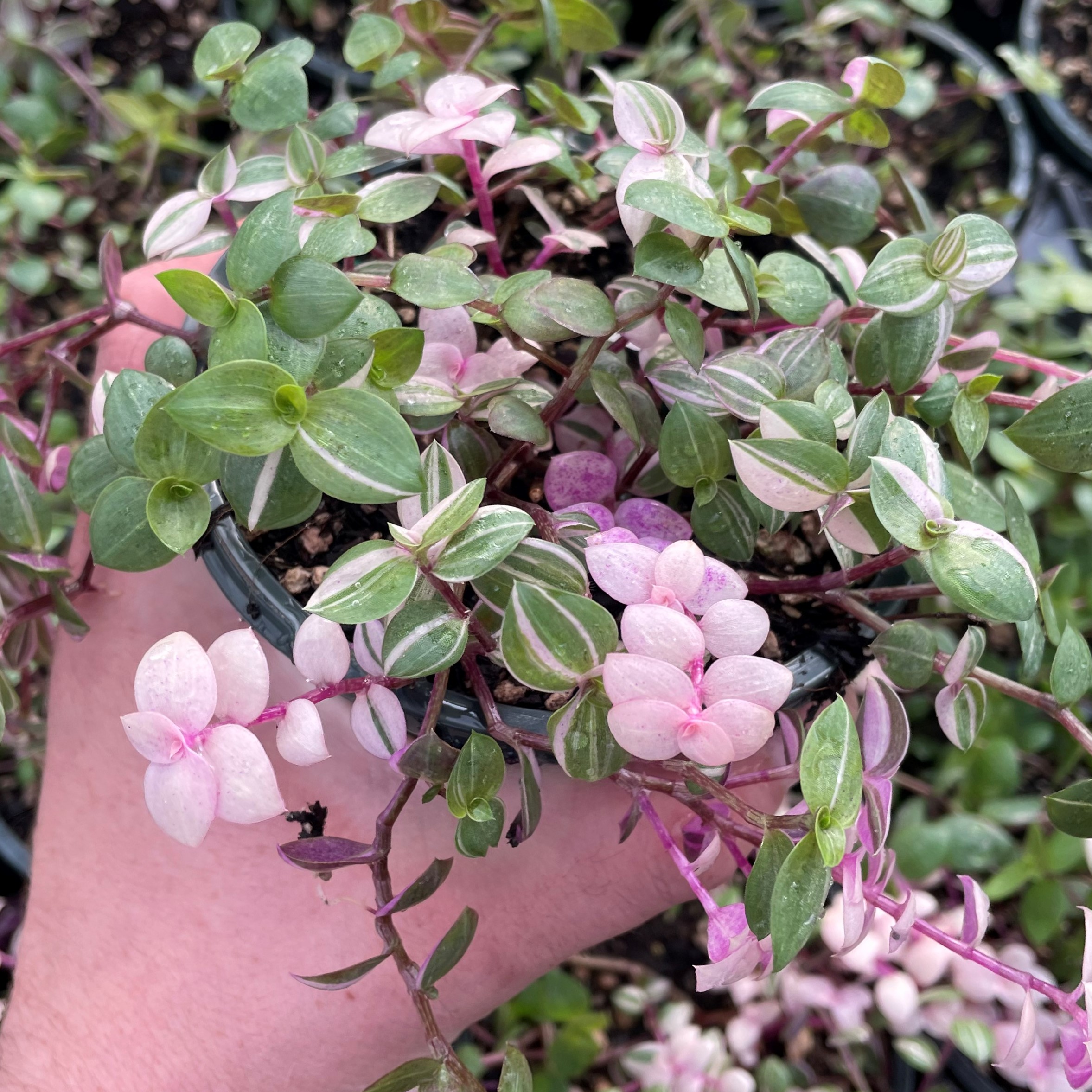
Callisia repens 'Bianca' Turtle Vine (4.5" Pot) Little Prince To Go
Callisia repens Pink Lady is a cultivar of the Callisia repens plant, also known as the creeping inch plant or turtle vine. It is a trailing plant with small, round leaves that are variegated with shades of pink, purple, and green. This cultivar is popular among indoor plant enthusiasts for its attractive appearance and low maintenance.
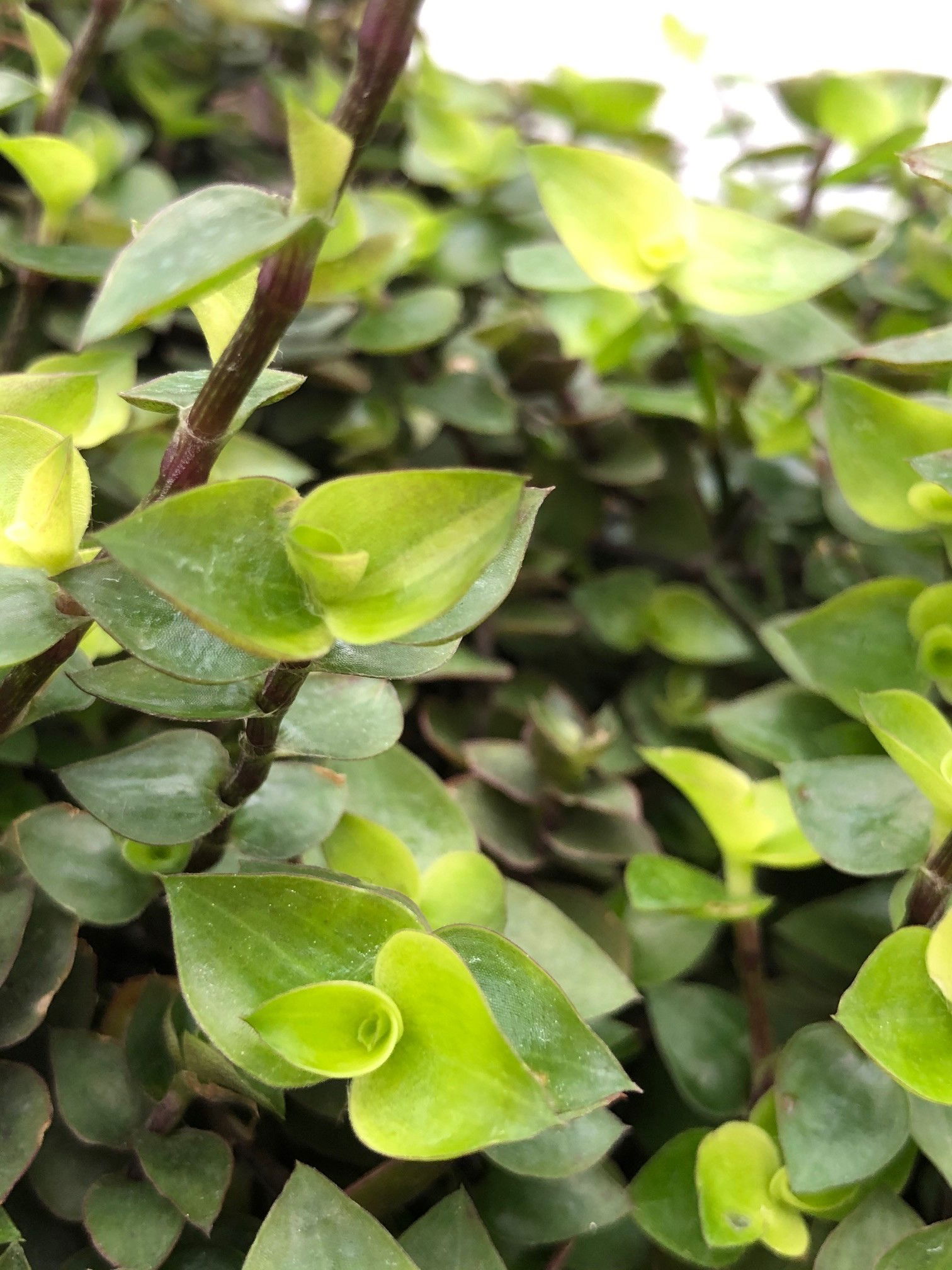
A COMPLETE Guide for Callisia (Turtle Vines)
COMMON NAME - Pink lady plant, Turtle vine, Creeping Inch plant, Callisia Pink Panther. SUNLIGHT - Bright, indirect light. WATERING - Water generously, then allow the top layer of the soil to dry out. HUMIDITY - Average household humidity. SOIL - Moist, well-draining potting soil. FERTILIZING - Feed twice a month in spring and summer.

Turtle Vine (Callisia repens)
The turtle vine (Callisia repens) is a stunning trailing succulent that's ready to brighten up your home. If you put it in a hanging basket or on top of a tall table, you'll be able to watch the stems cascade downwards. And since the cute tiny leaves come in all shades of green and purple, you can collect more than one variety.

Callisia repens 'Turtle' 15cm Sklep z roślinami CocaFlora
The Callisia is related to the Tradescantia family, and they are similar because they both trail or spread. The Turtle Vine is an easy-care plant, which makes it even more attractive. Read on to learn how to grow and care for a Turtle Vine, Callisia Repens. But first some general information: Contents show How Do You Take Care Of A Turtle Vine?
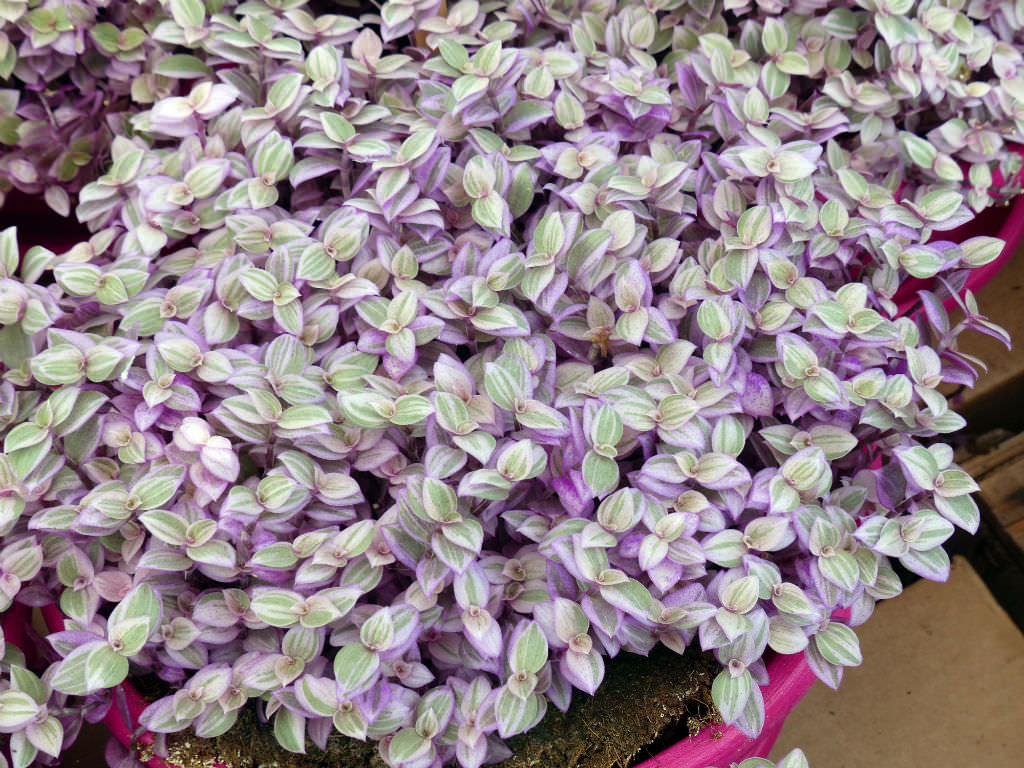
Callisia repens 'Pink Lady' (Turtle Vine) World of Succulents
Water and soil needs. Turtle vine does best in well-draining, fertile soil that is always kept evenly moist. The plant grows best in soil with a pH range between 5.0 and 6.0. During the growing season, you should water your plant about once a week and more frequently if your plants are in pots with drainage holes.
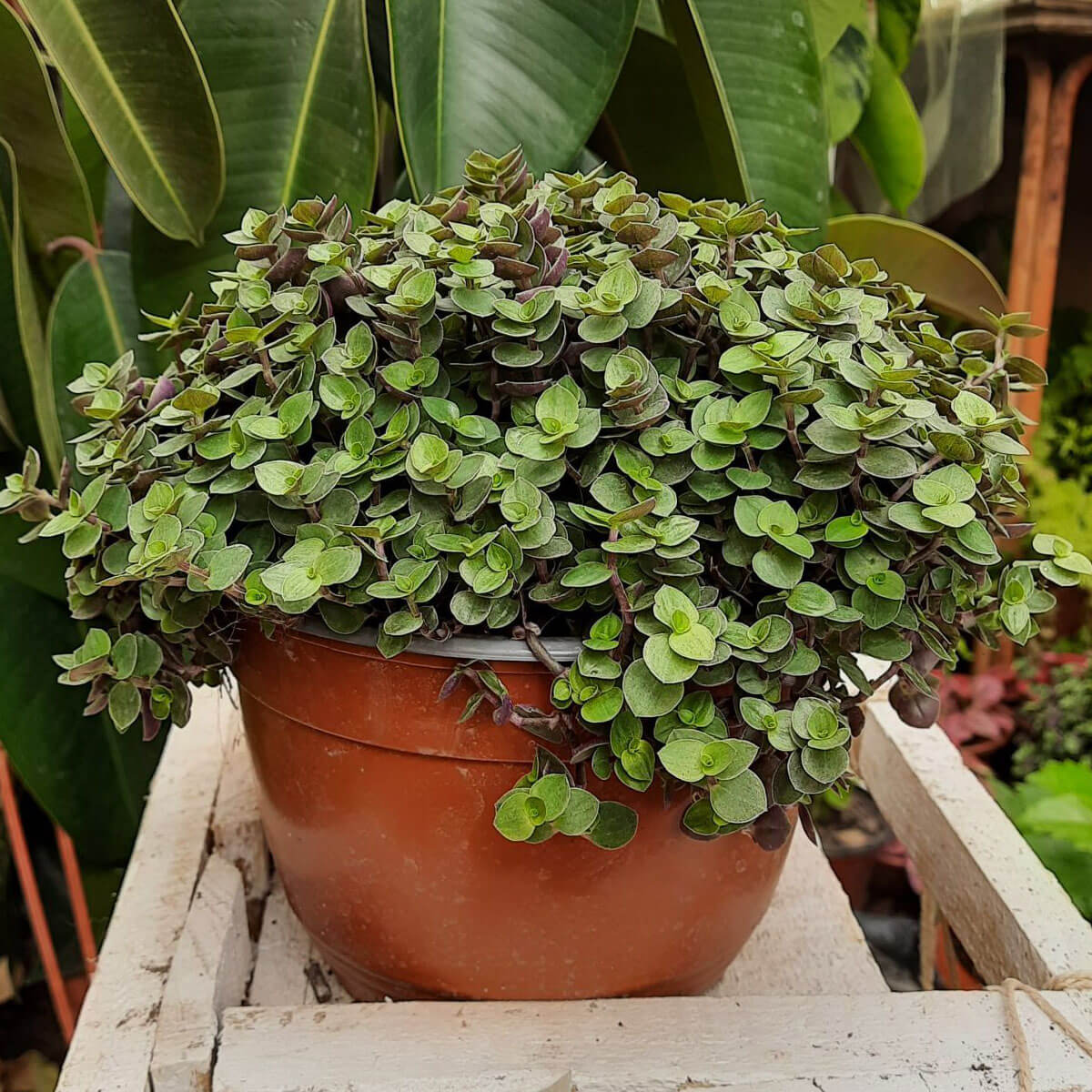
Plants, Seeds & Bulbs TURTLE VINE 510 cm Callisia repens 3 unrooted cuttings plumbingafrica.co.za
Turtle vine is a member of the Commelinaceae family. It is also called Callisia repens, creeping inch plant, Bolivian jew, or creeping basket plant. This plant originated from warmer regions of South America but has become a beloved ornamental plant worldwide. Turtle vine is a perennial plant that has a creeping growth habit. The leaves are.